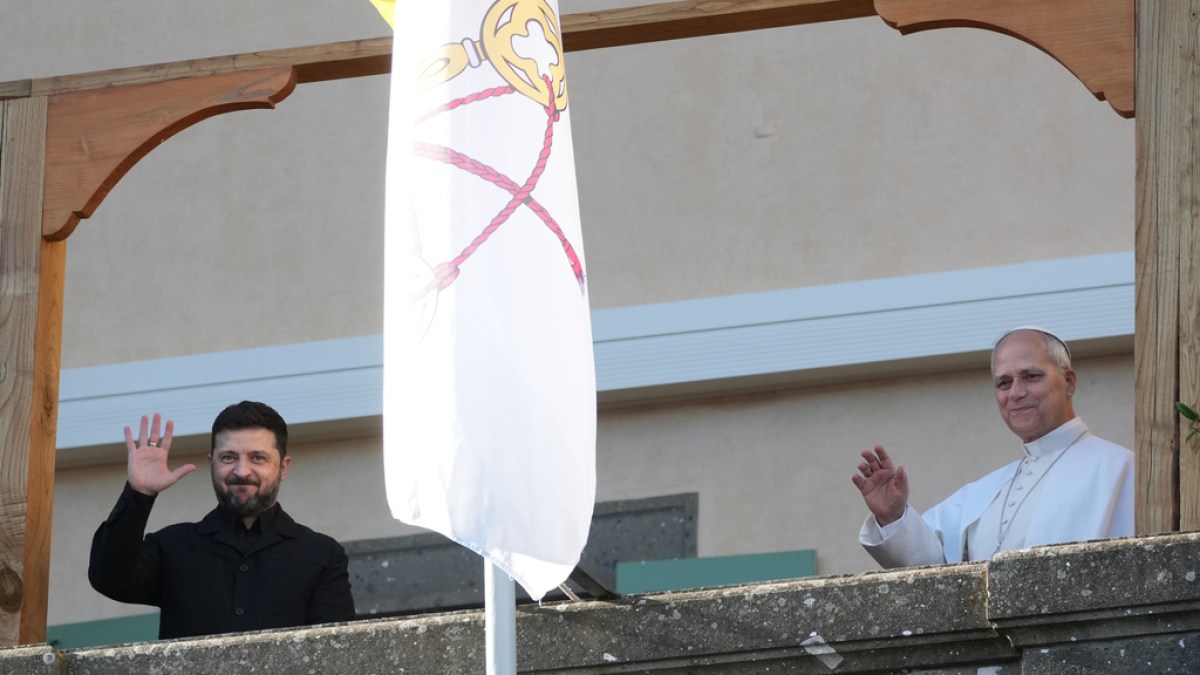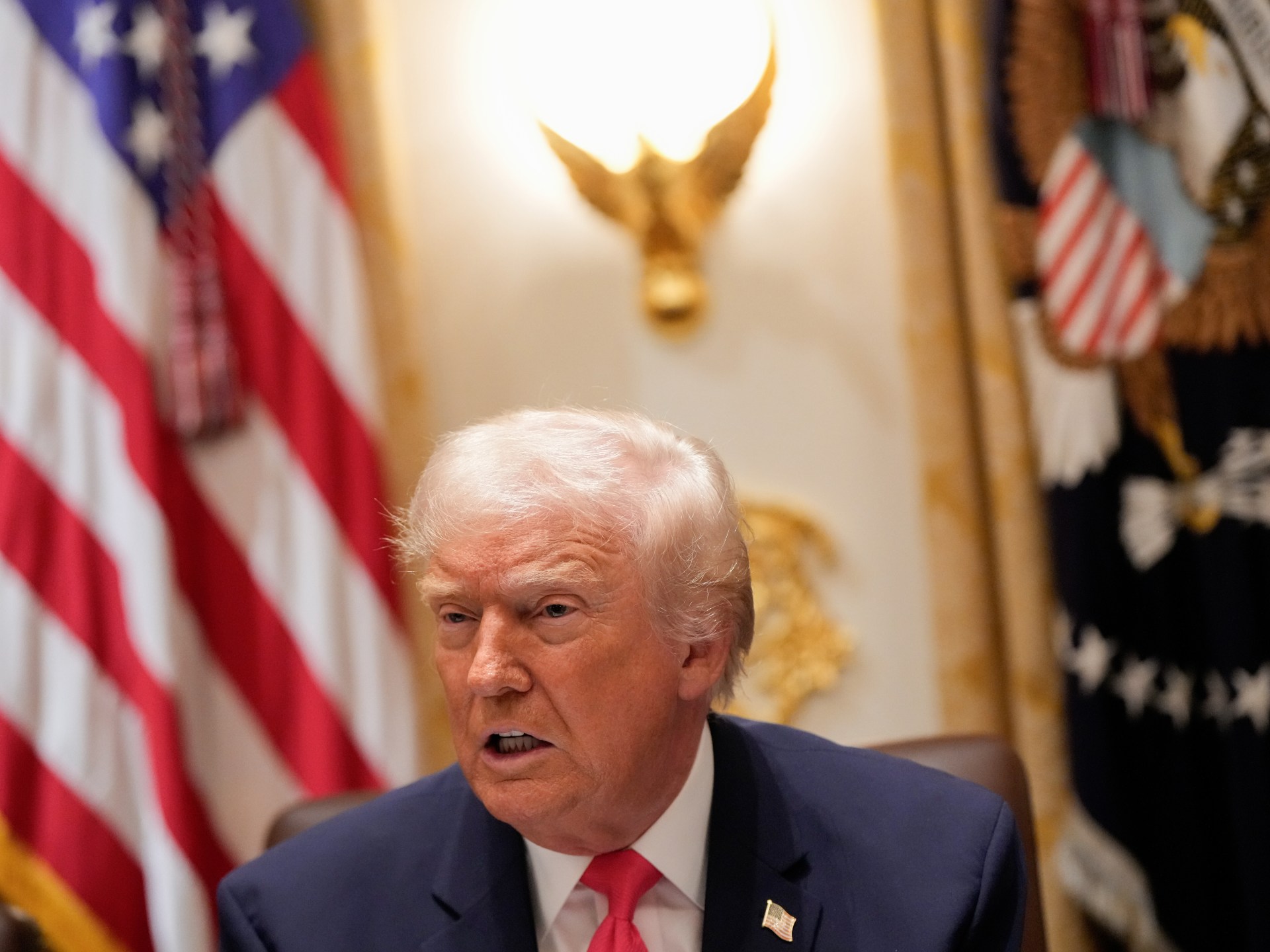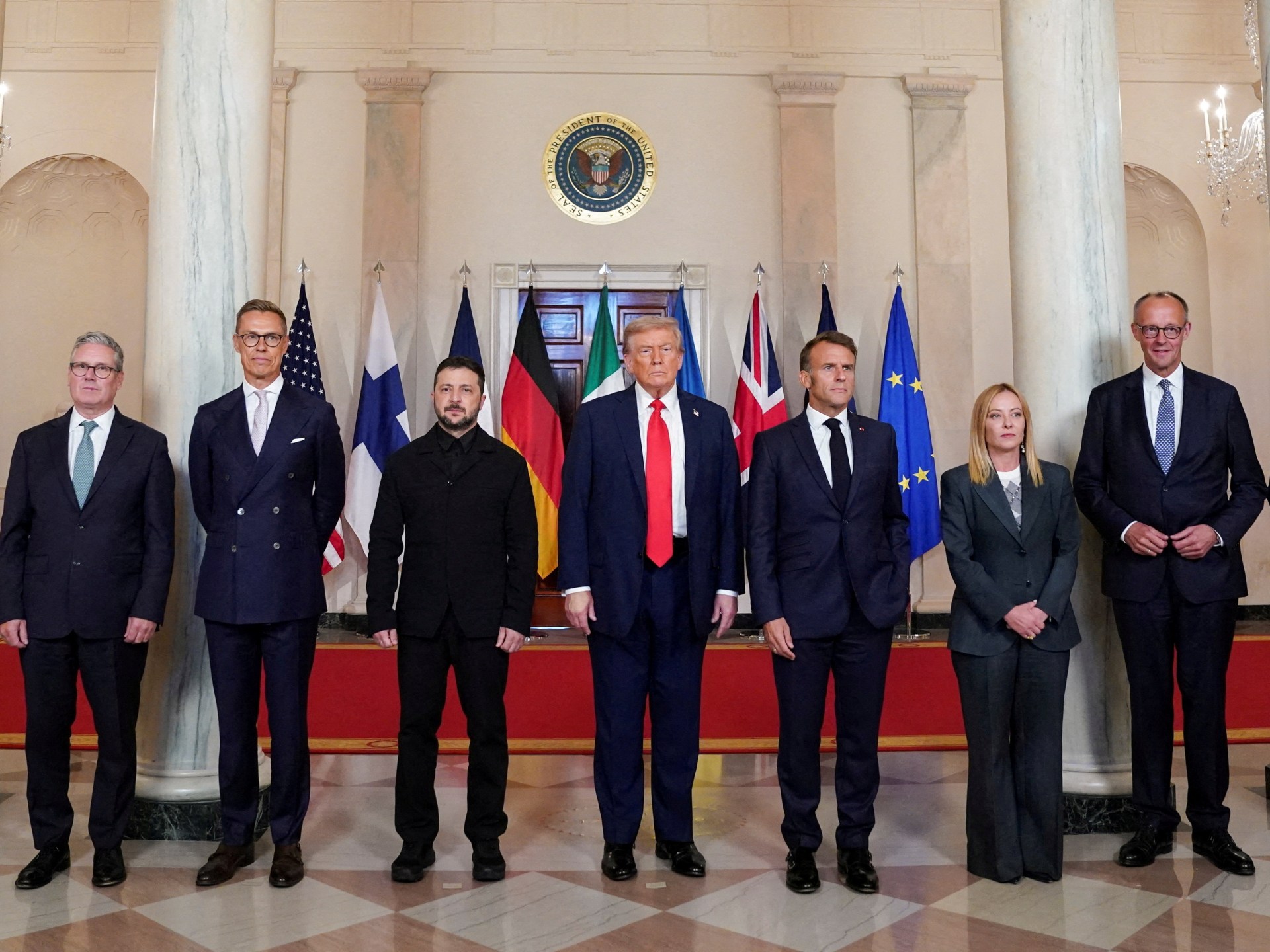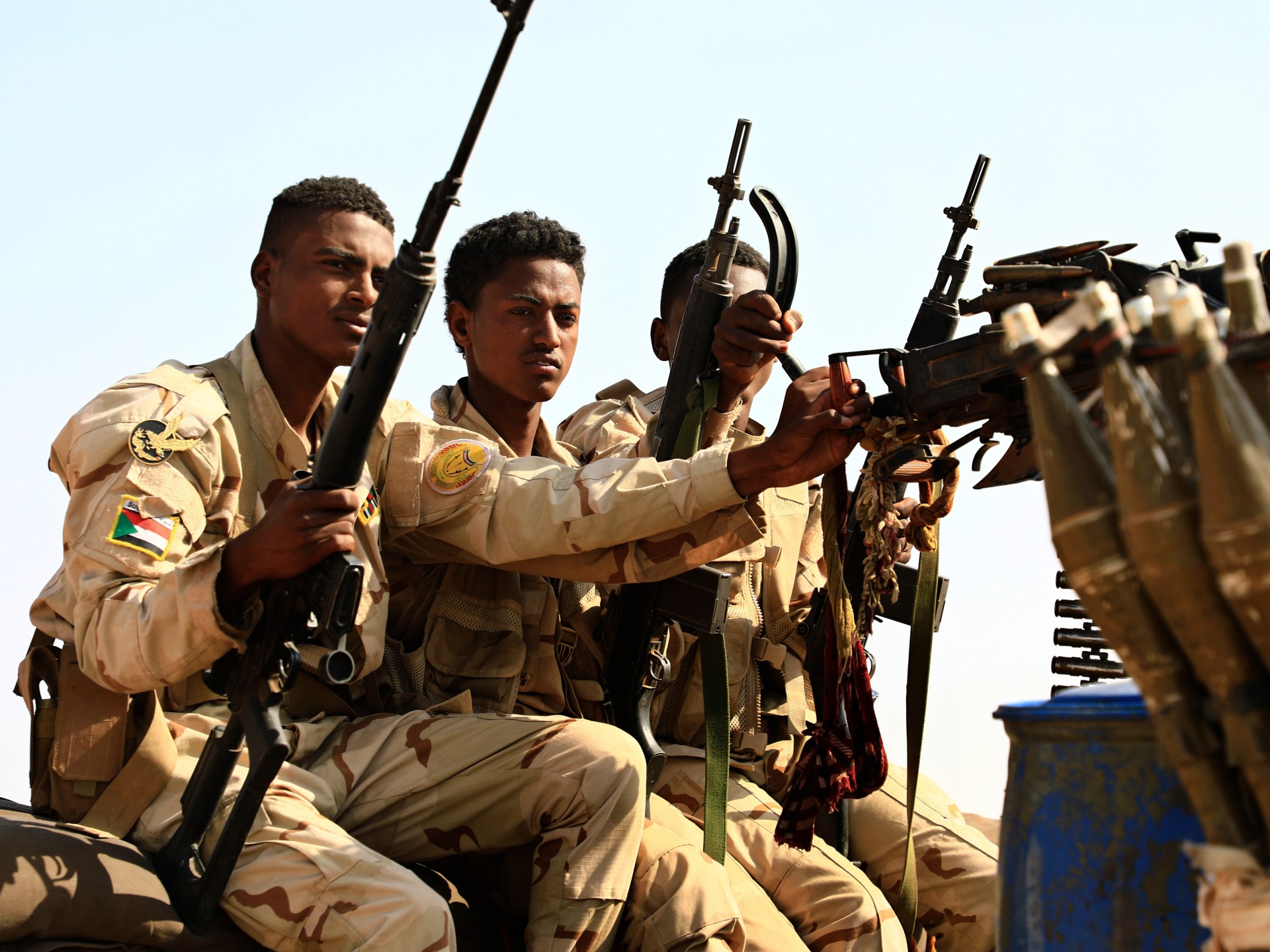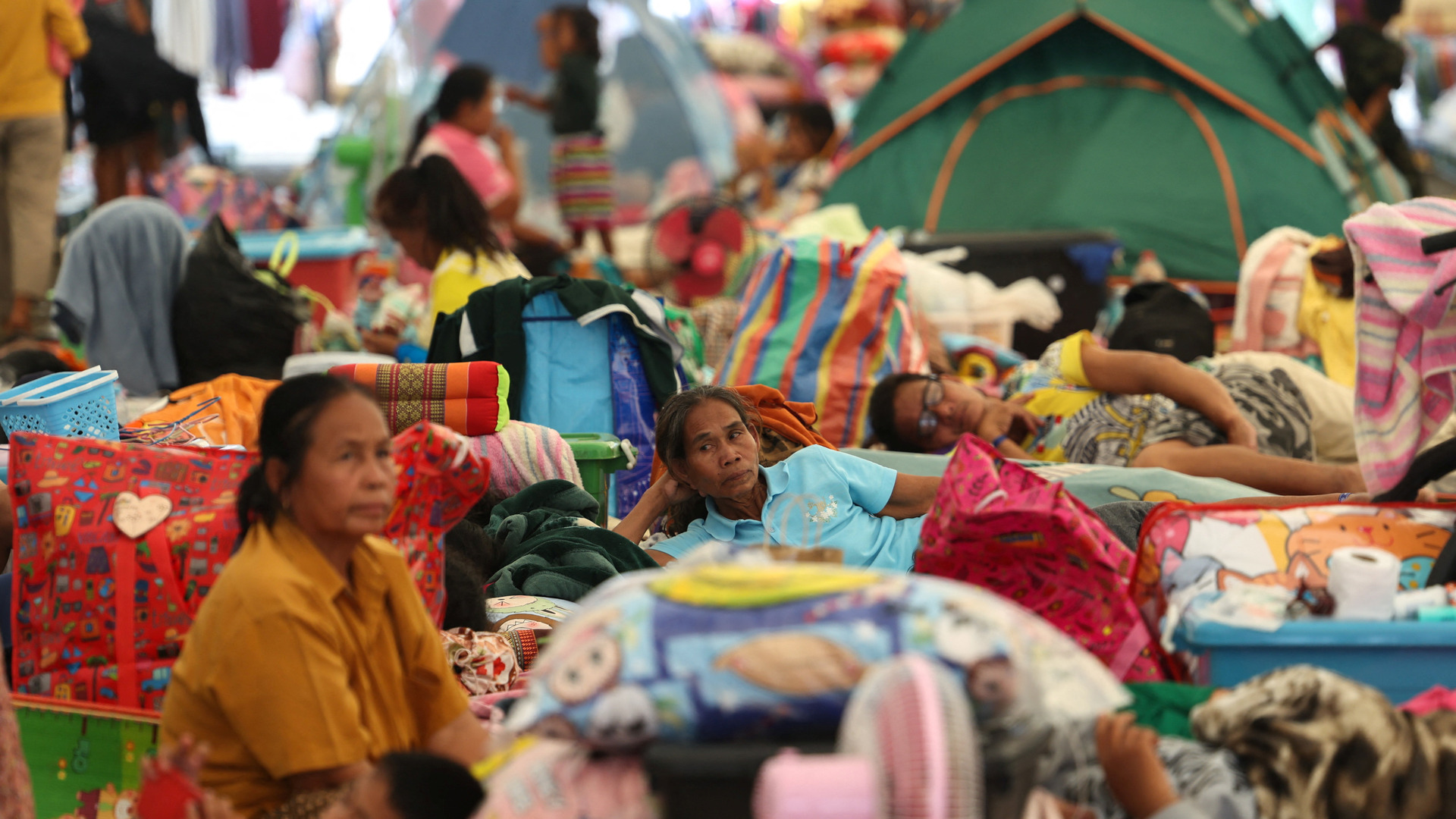The United States government has issued sanctions against four Colombian nationals and the four businesses they help run, accusing them of forming a “transnational network” to profit from Sudan’s civil war.
On Tuesday, the US Treasury published a statement identifying Alvaro Andres Quijano Becerra, Claudia Viviana Oliveros Forero, Mateo Andres Duque Botero and Monica Munoz Ucros as participants in a scheme to recruit former members of Colombia’s military to fight in Sudan.
Recommended Stories
list of 3 itemsend of list
Once in the East African country, the former soldiers are allegedly used to train the Rapid Support Forces (RSF), a paramilitary group that has been locked in a power struggle against Sudan’s government forces.
“The RSF has shown again and again that it is willing to target civilians — including infants and young children. Its brutality has deepened the conflict and destabilized the region, creating the conditions for terrorist groups to grow,” Treasury official John K Hurley said in a statement.
The conflict, the Treasury added, “has provoked the world’s worst ongoing humanitarian crisis”.
Fighting has raged in Sudan since the outbreak of war in April 2023, and more than 12.4 million people have been forced from their homes, contributing to displacement both within the country’s borders and in surrounding areas. More than 3.3 million people have fled Sudan as refugees.
Just this week, a United Nations committee called for an end to the hostilities, citing a long list of human rights abuses committed by the RSF and its allies.
They include ethnically motivated killings, torture, the targeting of humanitarian workers and the use of sexual violence as a weapon of war.
On January 7, the US Department of State announced it had determined the RSF had committed genocide against ethnic groups in Sudan as part of its armed campaign, though it also highlighted abuses on both sides of the conflict.
Tuesday’s Treasury statement references that genocide determination and adds that the fighting threatens US interests in Africa.
“The civil war in Sudan risks destabilizing the region and making the country a safe haven for those who threaten the United States,” the statement reads.
More than 300 Colombian recruits
While the Treasury has sanctioned RSF leaders and organisations in the past, Tuesday’s economic penalties shine a spotlight on the role Colombian nationals have played in the fighting.
According to the US government, hundreds of Colombian military veterans have flown to Sudan since September 2024, in order to intervene on the RSF’s behalf.
Many start by training RSF fighters, including child soldiers. They also provide RSF forces with information about operating drones, artillery and military-style vehicles.
In addition, the US Treasury has accused Colombian nationals of engaging in the fighting firsthand, including during the 18-month siege on el-Fasher, the capital of the North Sudan state and a city the RSF seized in October.
“Colombian fighters have participated in numerous battles across Sudan, including in its capital, Khartoum, as well as Omdurman, Kordofan, and El Fasher,” the Treasury’s statement reads.
“The presence of Colombian fighters in Sudan would not be possible without the assistance of numerous individuals and companies, mostly from Colombia.”
In a September letter to the UN Security Council, a representative of Sudan’s government estimated that between 350 to 380 Colombian mercenaries have arrived in the African country to participate in the fighting. Most of them, he said, were “retired soldiers and officers of the Colombian Army”.
Colombia has gained a reputation as an international marketplace for mercenaries.
Experts often point to the role of Colombia’s own internal conflict in producing out-of-work fighters. Since 1964, Colombia has been mired in fighting between multiple armed forces, including right-wing paramilitary groups, left-wing rebels, criminal networks and the country’s own military.
Accusations of human rights abuses have been rampant in that conflict as well, and at least 450,000 people have been killed, according to a government truth commission.
According to Tuesday’s statement from the US Treasury, two of the sanctioned individuals, Quijano Becerra and his wife, Oliveros Forero, run a Bogota-based employment firm called International Services Agency.
That firm, the Treasury says, holds “group chats” and “town halls” to recruit Colombian fighters for Sudan, “including drone operators, snipers, and translators”.
The organisation allegedly obscures its actions through a Panama-based company called Global Staffing, also known as Talent Bridge.
The Treasury also sanctioned Duque Botero and Muñoz Ucros for running another Bogota-based employment company with similar aims.
That company, called Maine Global Corp, allegedly hires Colombians and works with Global Staffing to convert currency in order to ensure the fighters’ payments. A fourth company, Comercializadora San Bendito, was accused of facilitating the wire transfers.
From 2024 to 2025, the Treasury estimated the payments processed amounted to “millions of US dollars”. All four companies mentioned in the Treasury’s statement faced sanctions, alongside their leaders.
